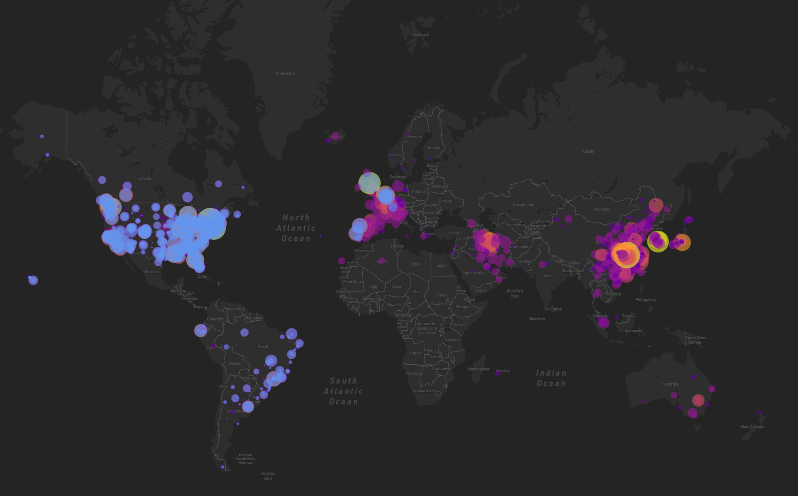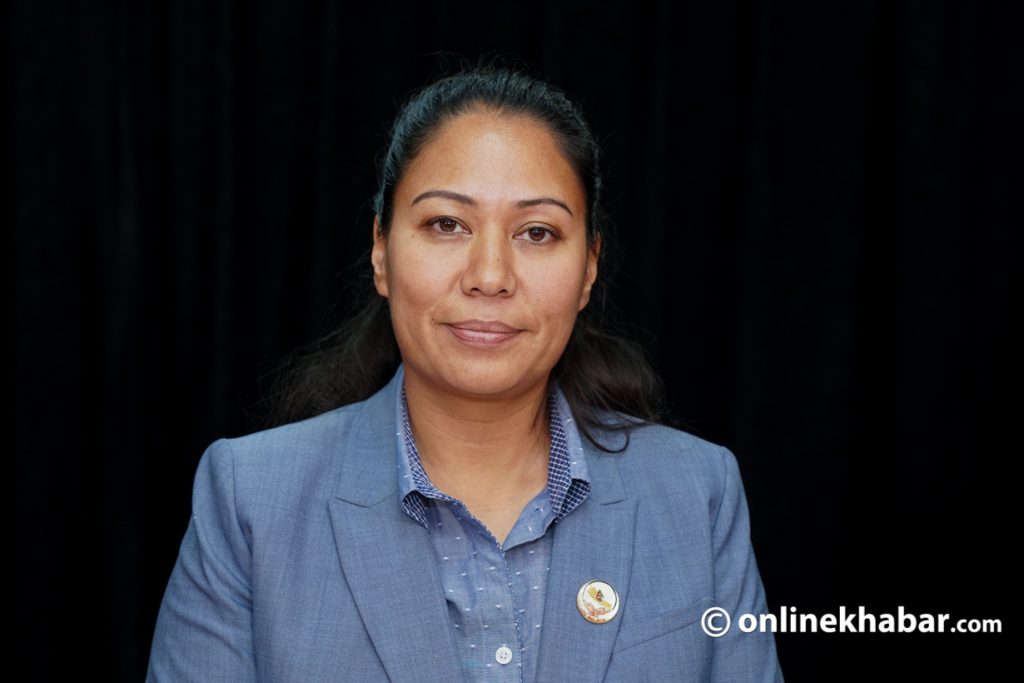
Innovation and technological advancements have significantly transformed the daily lives of many people in unprecedented ways. We often find ourselves awestruck by the pace, breadth and remarkable benefits of innovations we have seen in fields such as communication, healthcare, and sustainable energy. This is especially true for Artificial Intelligence (AI) which presents a tremendous potential to bring unprecedented efficiency to our everyday lives, transform sectors critical to our prosperity and address society’s most pressing challenges.
Yet, this optimism is tempered with concern.
Concern that most of these advancements and innovations remain out of reach of many around the globe, especially in the world’s Least Developed Countries (LDCs). The world’s 45 LDCs are facing significant challenges in harnessing the benefits of science, technology, and innovation (STI), lagging far behind more developed regions. A stark example of this gap can be seen in access to electricity; only 54.75 per cent of the population in LDCs have electricity access, a stark contrast to the near-universal coverage in OECD countries.
Infrastructural and educational barriers in LDCs not only perpetuate inequalities but also obstruct the adoption of technological solutions that could drive positive changes in health, education, and economic development. This discrepancy puts us off-track from achieving the Sustainable Development Goals (SDGs), with LDCs at risk of falling even further behind amid the political, economic, and social challenges posed by escalating inequality.
Bridging the innovation gap is crucial for ensuring that the benefits of technological advancements and innovative practices are accessible to all and that the disparities between nations, particularly the most vulnerable and least developed ones, are reduced. In this endeavour, international cooperation, financial support, technology transfer, infrastructure development, investment, and the building of human and institutional capacities are indispensable strategies.
It is in this regard that the United Nations is collaborating with the government of Finland to convene a series of LDC Future Forums. The Forums will bring together policymakers and researchers from LDCs, government representatives and development partners, as well as civil society and the private sector to share ideas and lessons learned and draw evidence-based policy recommendations to optimise the utilisation of science, technology, innovation, and creativity to bolster LDCs’ progress towards the SDGs.
Technology and LDCs

We have seen many examples of the benefits of LDCs leveraging STI for economic growth. In Nepal – with the rise of mobile and internet penetration, digital payment platforms have gained popularity. Several companies offer digital wallet services that allow users to pay bills, recharge mobile phones, purchase goods online, and transfer money digitally. Nepal is trying to reap the benefits of the growing demand for digital services. Its IT export reached USD 515 million in 2022, which was a 64.2 per cent growth compared to 2021. This accounted for 1.4 per cent of the total GDP and 5.5 per cent of total foreign exchange reserves. It indicates a huge opportunity for the country to unlock its growth potential in the digital sector by properly addressing gaps and challenges facing this sector.
Further to this, Nepal, like most LDCs, possesses untapped potential in its population, notably in the working-age population, which is expected to double in all LDCs to 1.2 billion by 2050. A well-educated and well-trained workforce in LDCs will be able to tap into the new and evolving opportunities of the global market, spur innovation, and transform their economies.
For example, Rwanda has implemented several initiatives, including the Rwanda Innovation Fund, aimed at supporting tech startups and innovation-driven enterprises. Rwanda’s push towards empowering innovation among its youth and becoming a tech hub is fully encapsulated in the establishment of the Kigali Innovation City, which aims to attract technology companies. These efforts are part of a broader national strategy to build a knowledge-based economy, enhancing Rwanda’s competitiveness on the global stage.
In Burkina Faso, technological innovation is being harnessed to boost agricultural productivity through the use of mobile apps and drones to provide farmers with real-time information on weather patterns, crop prices, and agricultural techniques. While Bhutan, a recently graduated LDC, has made remarkable strides in increasing access to electricity for its population, jumping from 61 per cent in 2006 to 100 per cent in 2016 (ahead of the country’s initial 2020 goal), as a result of its investments in technological innovations to harness its abundant hydropower.
Catching up
It is clear that despite their challenges, LDCs lack neither the determination nor the will to catch up with the rest of the world. They simply remain constrained by developmental challenges that have already been overcome by other nations, making international cooperation particularly relevant to their journey to achieve their development aspirations.
The Finnish model of technology transfer, which marries technological advancement and innovation with capacity building and emphasises partnership and a two-way exchange of knowledge, exemplifies the kind of international cooperation that can support LDCs in their development goals and is a viable blueprint for other countries to emulate in their efforts to support global development.
The 2nd LDC Future Forum which opens today in Helsinki, will bring together researchers, practitioners, and policymakers to delve into the pressing challenges of the LDCs, focusing on the role of innovation in structural transformation – exploring the impact of innovation across education, job creation, agriculture, and e-commerce.
As we advance the implementation of the Doha Programme of Action (DPoA), a developmental roadmap for LDCs that was adopted at the 5th Conference for Least Developed Countries (LDC5) last year, our focus should be on supporting LDCs to overcome their unique challenges and make substantial progress towards the SDGs by leveraging science, technology and innovation. In this regard, fulfilment of the DPoA commitments and deliverables such as the proposed online University that will make STEM education accessible for LDCs is essential.
Together, we can create pathways to prosperity for the most vulnerable among us and ensure they are not left behind in our shared journey toward sustainable development.

























